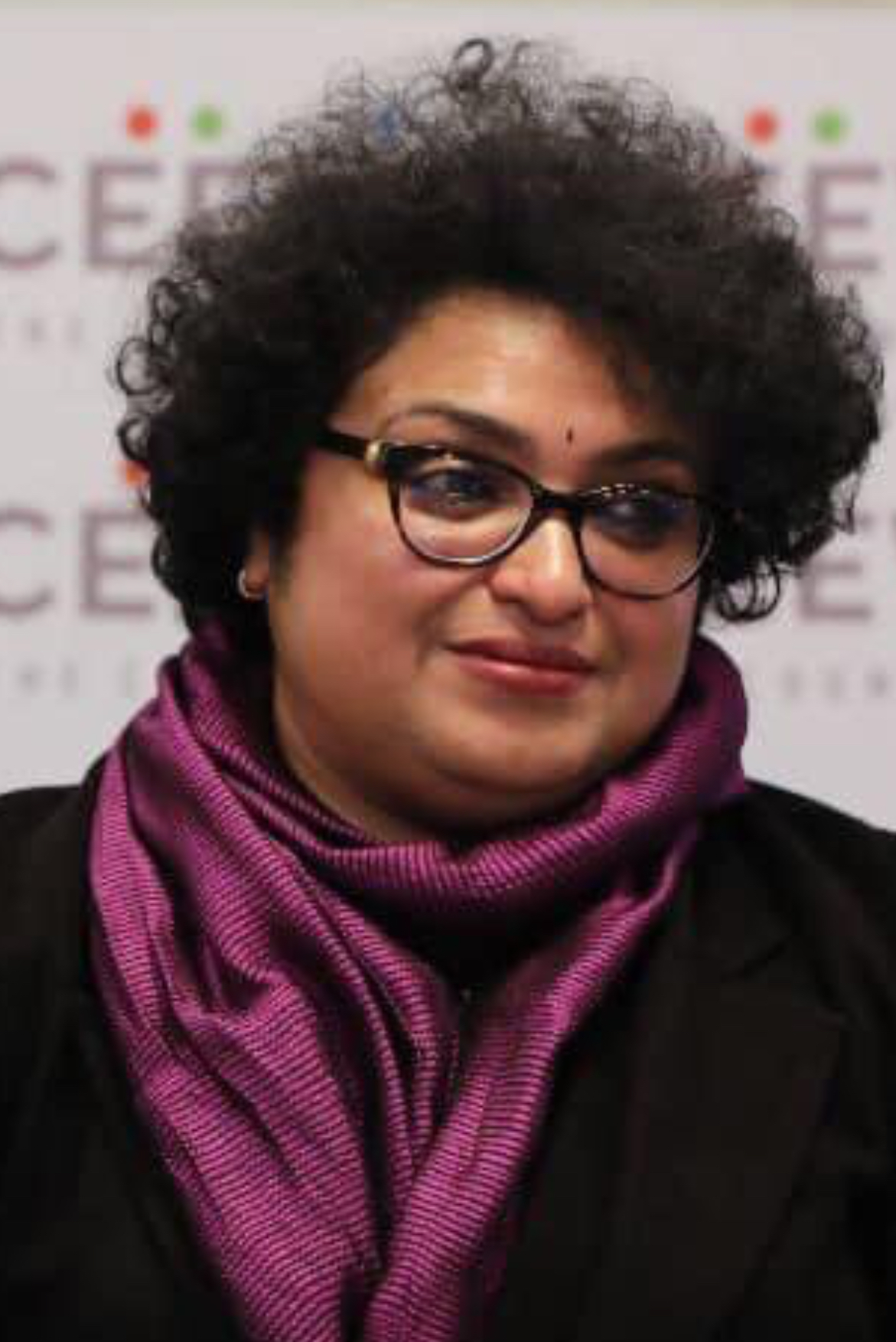Given constraints in the fiscal space, resorting to revenue mobilisation is vital.
Kerala’s Budget 2023 presented by Finance Minister K.N. Balagopal on February 3, 2023 focused on revenue mobilisation. The narrative of the Kerala State finances has taken a relative transit from focusing on debt financing to revenue mobilisation in this Budget. In addition to tax rate hikes, Budget 2023 has also focused on non-tax revenue mobilisation, including raising revenue from revising the royalty rates of minor minerals and increasing the user charges.
Why does this tax rate hikes appear compelling? The hike in tax rates was to identify fiscal space amidst maintaining the fiscal rules-based deficit threshold ratio, and also due to high volatility in the intergovernmental fiscal transfers from the Union to the States. Kerala’s Finance Minister pointed out that the decline in revenue deficit grants and the discontinuation of goods and services tax (GST) compensation had further affected the fiscal space of the State.
The fiscal consolidation framework mandates all State governments in India to keep their fiscal deficit-GDP ratio at 3.5%. The extra-borrowing powers (0.5%) of the States are linked to power sector restructuring. Kerala is not an exception to this rule. In the Kerala Budget, the fiscal deficit-GDP ratio is pegged at 3.5% for FY23. However, the previous year’s figures showed a decline in fiscal deficit-GDP ratio from 3.91% (BE, or Budget estimates) to 3.61% (RE, or revised estimates). However, the golden rule of the Fiscal Responsibility and Budget Management (FRBM) framework of zero revenue deficit is not feasible at this moment as it will negatively affect the economic growth recovery process. The revenue deficit-GDP ratio is pegged at 2.11% in FY23. The reduction in the revenue deficit-GDP ratio from 2.30% (BE) to 1.96% (RE) for the year 2022-23 is alarming. It is crucial to analyse if this reduction has been attained through revenue expenditure compression or through buoyancy in revenue receipts.
To retain the path of high human development achievements of the State and robust economic growth path, Kerala has resorted to innovative financing of deficit. The off-budget borrowings (OBB) through a corporate entity called the Kerala Infrastructure Investment Fund Board (KIIFB) have been used for strengthening the physical and social infrastructure in the State. However, the Kerala Finance Minister raised his concerns with the Central government for curtailing the borrowing powers of States by including the borrowings by public sector entities, including Special Purpose Vehicles like the KIIFB in their public debt account.
The total revenue receipts have been projected at Rs.1,35,418.67 crore (BE) for FY23. This is higher than the revised estimates (RE) of 2022-23 at Rs. 1,29,268.15 crore. The total expenditure is Rs.1,76,088.95 crore. The primary deficit (fiscal deficit minus interest payments) which shows the current fiscal stance is pegged at 1.18% of GDP in FY23. The discretionary fiscal space (total expenditure minus interest payments) is crucial for expenditure design.
In times of mounting inflation, the unexpected tax rise in petrol and diesel prices has come as bolt from the blue, which can hurt the disposable income in the hands of people. This fiscal measure has been resorted to to find fiscal space amidst shrinking tax transfers from the Central government and the fiscal rules-based threshold ratio for fiscal deficit-GDP at 3.5%.
Paying taxes happily?
Citizens generally like to pay tax only when there is a strong connection between the unit of tax paid and the unit utilised by citizens of public services — which is termed as “Wicksellian connections” in public finance literature. However, this connection breaks when citizens fear that their taxes are used for fiscal profligacy instead of strengthening economic growth and welfare. In Scandinavian countries, people happily pay taxes because these connections remain intact due to the “welfare models” of government. The Kerala model has been lauded as a welfare model with emphasis on social infrastructure in education and health. However, over the years, the RBI State Finance analysis showed that the expenditure functions under economic and social services in Kerala are shrinking, leading to more expenditure on general services including interest payments, salaries and pensions. The demographic transition in Kerala, with the population structure of a large dependent population, creates pressures on public finance in terms of pensions and other social security measures.
The narrative so far in the context of Kerala has been the high debt burden of the State and its “intergenerational inequity” in the sense that today’s deficit is tomorrow’s taxes. However, the high debt and deficit have been substantiated by using it to strengthen the capex infrastructure and to reduce the productivity gaps across sectors. High debt and deficit have been substantiated in the era of a low interest rate regime. However, with mounting global inflation, interest rates have started shooting up globally, and this has made public debt management difficult. The cost of borrowings has started rising in the high interest rate regime and therefore debt servicing has become costlier. A high interest rate regime will make it tough for fiscal policy to remain “accommodative” for long. Given these constraints in the fiscal space, resorting to revenue mobilisation is a no brainer.
This article was first published in The Hindu, February 7, 2023.
Lekha Chakraborty is Professor, NIPFP and Research Associate of Levy Economics Institute of Bard College, New York and Member, Governing Board of International Institute of Public Finance (IIPF) Munich.
The views expressed in the post are those of the authors only. No responsibility for them should be attributed to NIPFP.

